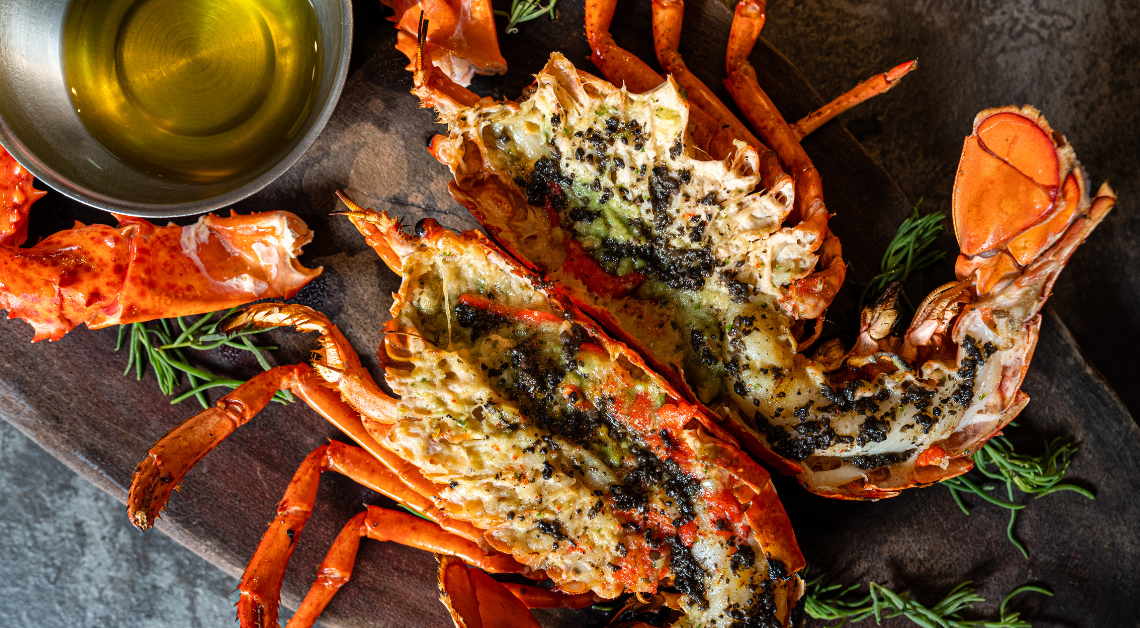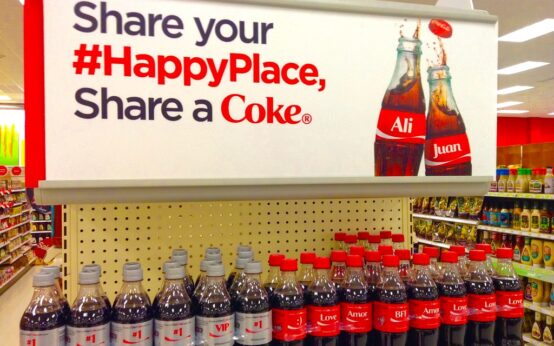Let’s say you’ve invested a tonne of time and money into creating a piece of content – a white paper, interactive video, or detailed market research, for example. And it’s something really special. It’s taken months of blood, sweat, and tears. But it was all worth it, because it’s turned out even better than you thought.
There’s just one problem. It’s a little too good. In fact, it’s the lobster thermidor aux crevettes of content. And despite the significant time investment that’s gone into cooking it up, half of your team wants to give it away for nothing – something about using it to help build your audience. The other half want to recoup some of the cost and are arguing that it’s too valuable to give away.
Who is right? Should you ever give away great content – or lobster – for nothing?
If content is lobster, you are the restaurant
Ok, we’ve established that – for the purposes of this exercise – your content is delicious lobster. That means your business is the restaurant that serves it.
Now, imagine your restaurant is on a busy street full of other restaurants. Most of them are fairly new, but a handful are well established. They’re all serving lobster. Some of it is better than yours, some of it is worse.
A couple passes by looking for somewhere to eat. They must now decide whether to:
- Go to a well-known restaurant they’ve eaten at before
- Try a place they’ve heard is good but haven’t eaten at
- Try somewhere new
The brand new restaurants on the street are offering free bitesize samples of their lobster. The slightly more established ones are offering dinner specials on their lobster tacos. The well-established places are charging top dollar for their renowned lobster thermidor aux crevettes with Mornay sauce.
What can you do to compete?
Put simply, you can’t afford to be that brand new restaurant trying to charge a fortune for lobster thermidor. And you can’t afford to be that new publisher on the block trying to charge for content.
It may have taken you months to perfect the recipe for your content. You may have the freshest-caught content. It may have been cooked up by the most talented writer.
But the passing couple (your potential web audience) don’t know that. So none of it matters.
From their perspective, you’re just one of many voices vying for their attention. They’ve probably never heard of you before. You haven’t given them chance to taste what you’re offering. You haven’t built a relationship of trust by providing consistently exquisite content.
In short, they’re not going pay for content when they have no idea what it tastes like – regardless of how good you think it is. And if the analogy isn’t clear, that crowded street full of restaurants is the internet. Or Youtube, Facebook, LinkedIn, Google – whichever you prefer. There is a lot of content already on offer from established publishers, and new ones are popping up all the time.
So what’s the best course of action? Should you join the others on the street and give away free morsels of content?

Be original. Innovate. And give people a taste of what they really want.
If your plan is to stand out on the street giving away bitesize content, you’re already late to the banquet; you’re going to struggle for attention if you copy what everyone else is doing with their content.
And here’s the secret – those samples the other places are giving away are mostly garbage. They’re the recycled blog posts nobody ever reads – like “How to fix a bicycle” or “7 diets that really work.” It’s been done to death. It’s nothing exciting or tasty. And it smells like ten day-old-fish.
The content you’ve produced – the lobster thermidor aux crevette of content – is so much better than that. But you can’t afford to give it away for nothing. What you need is a way to ensure people taste just how delicious your content is compared to the competition’s – without them devouring the whole dish.
So you take your mouth-watering lobster, chop off the claws, deep fry them, and serve them in mini bitesize tacos. Yep, deep-fried lobster claw aux crevette on mini tacos. People have never seen anything so deliciously inventive. And they go for it straight away.
In this case, let’s say that content (or lobster) is an interactive 360 video. Your bitesize tasters are short one-minute long video snippets that you’ve posted to LinkedIn. It tastes just as good as the original long-form thermidor aux crevette video, but it’s just the claw – enough for people to get a taste for how good your content is, without you having to give the whole dish away. It tastes far better than the fishy old content the competition is flogging on the street – because you got the recipe right at the start. And in this analogy, that amazing recipe is your content strategy.
“For free” and “for nothing” are not the same thing
Spending time getting your strategy right meant your bitesize version was always going to taste good. It meant adding a dash of a well-known tactics (giving away bitesize content) was all it took to beat the new restaurants on the block. That’s because the garbage your competitors were pedalling didn’t have the robust flavour your content had. They jumped straight to the tactic – standing on the street yelling about their free content tasters – and never bothered to wonder whether anyone would like what they were serving.
If your content tacos are good enough, you don’t have to give them away for nothing. You can ask for something in return – like customers’ email addresses. And that’s the critical point to understand – when you get something in return from your audience, you haven’t given away your content for nothing. Admittedly, you can’t bank an email address. But you can use it to build a relationship. And that relationship could well turn into something you can bank.
As it turns out, that mini taco video tasted so good, people can’t get the taste out of their minds. Perhaps your mini taco video was a cut-down 360 feature video, like this example from the New York Times:
A handful of the New York Times’ 360 teaser videos are free on Youtube, but to enjoy the full immersive VR news experience, you need to download the app – and that requires an email address.
Now, people are hooked. They want the real thing – they want the lobster thermidor aux crevettes with a Mornay sauce, garnished with truffle pâté, brandy and a fried egg on top. That’s the perfect time to email your audience about the main course.
In the case of the New York Times, that means encouraging app users to upgrade to a paid subscription.
We’re not the New York Times. When should we charge for content?
The point at which content becomes worth an email address, or money, differs wildly between industries. However, the one key question that never changes is – “Is this particular content actually worth money, or at least an email address?” And that’s what the New York Times has asked in this case. They brought people in off the street with high quality samples. They then provided content that’s worth supplying contact details for. And only when the appetite was ravenous did they serve up their thermidor aux crevettes – premium content that’s only accessible to paid subscribers.
It may be that your content itself is never worth actual currency. If you’re a plumber, you’ll probably never be able to charge for DIY plumbing videos. But if your audience finds them valuable enough, you could easily supply them in exchange for contact details. And you can use those contact details to push your paid services. The model is exactly the same, all that has changed is the point at which your content becomes valuable enough to get something in exchange.
So ask yourself this question whenever you create content: “Is this particular content actually worth money, or at least an email address?” It’s the secret to running the lobster restaurant everyone wants to eat at.



 10 amazing content marketing examples
10 amazing content marketing examples  Inbound content marketing – what is it and how does it work?
Inbound content marketing – what is it and how does it work?  The problem with defining “content strategy”
The problem with defining “content strategy”  How effective is content marketing?
How effective is content marketing?  Is AI a content marketer’s friend or foe?
Is AI a content marketer’s friend or foe?  What is attraction content marketing?
What is attraction content marketing?